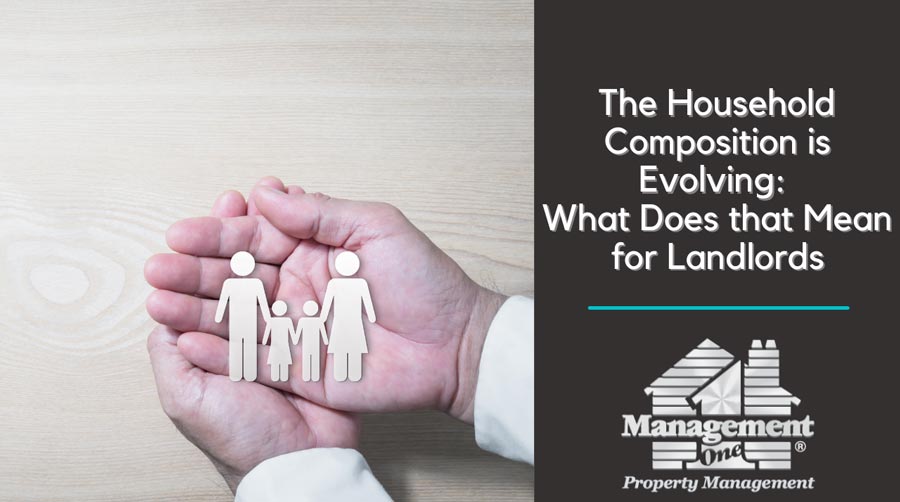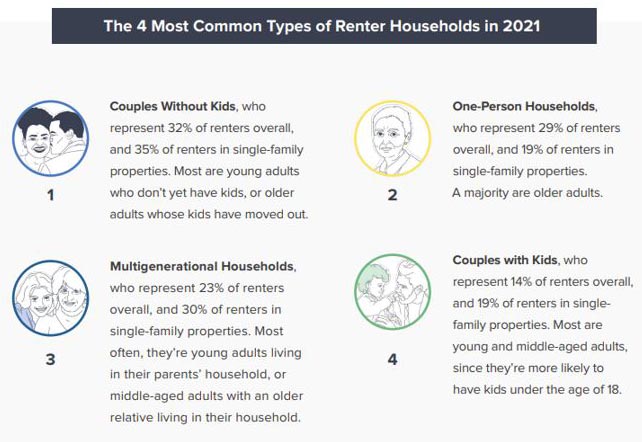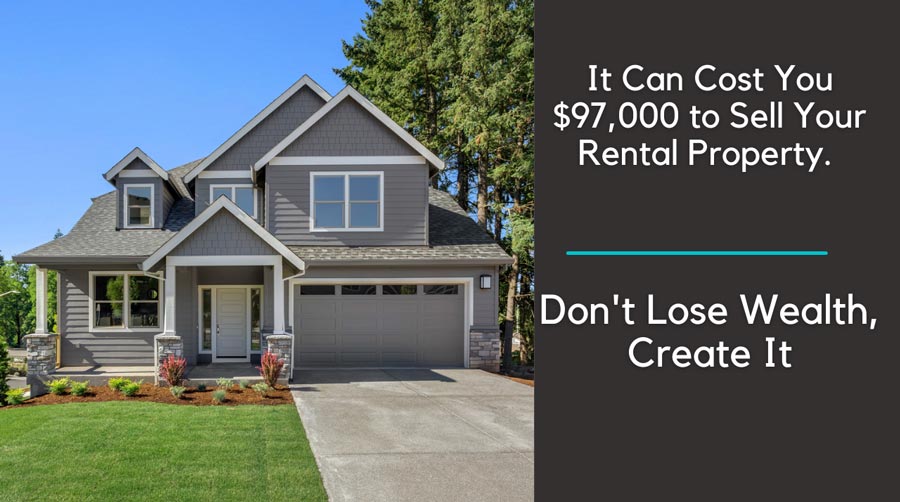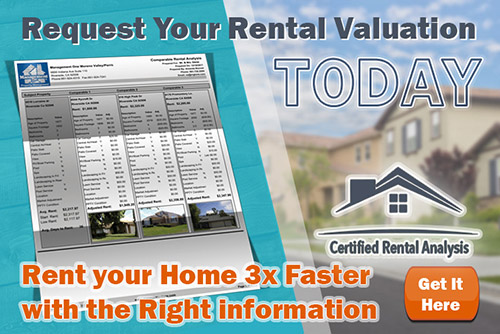
The Household Composition is Evolving: What Does that Mean for Landlords?
One of our landlords recently asked me, “Why were we allowing roommate situations in our properties?” Said owner went on to ask if we thought the rental market was changing so there would be fewer “families” living in homes and more roommates or blended homes. I thought for a moment and said, “yes, we are seeing more and more blending of homes in this current economic climate.”
Being burnt-out and debt-ridden, this generation is changing the household or nuclear family structure as we know it. Maybe even for the better.
In 2021, the demand for rental properties could not keep up with the available supply, causing a severe shortage of properties that the average single-family could afford. In addition to the rising costs of living versus the stagnant pay wage, many families struggled to make ends meet – increasing the likelihood of nuclear families in one home to changing to extended family members moving in.
With property managers requesting up to 3 times of rent in earnings as a prerequisite to renting a property and heads of households barely keeping their heads above water in an alarming recession, families have had to find and maintain a ‘home’ to live in. The household composition has become a more diverse group than ever before, including roommates and multigenerational families. Due to this change, property managers should consider how adjustments are made in offering renters properties to suit the needs of the average resident and the specific household types.
In a recent survey conducted by Buildium, they found the recent stats listed in the graphic below. They break down the four most common types of households. Couples without kids, one-person households, multigenerational households, and couples with kids.

Much of the demand for single-family rentals stems from the younger and middle-aged population of renters that require more space for their growing family, relatives, and pets; also, the increase in working from home and remote learning and meetings.
In a recent study by Great Place to Work, they found that pre-pandemic, only 5% of American Employees worked from home. In May of 2020, that number skyrocketed to over 60%. While many have gone back to the office, an average of 50% of employees remain working from home; thus, bigger homes or homes with extra office rooms are required.
A rise in multigenerational households can also be attributed to this overall rise in shared living. Shared living and multigenerational households are not defined the same, and money is a huge factor when it comes to living arrangements. Multigenerational families are expected to steadily increase as the cost of living rises and wages remain the same.
At the height of the pandemic and unemployment rose, families scrambled to unite to keep each other afloat and ‘survive.’ Families came together due to the shortage in housing, high housing costs, and newly implemented policies that property managers imposed for rental requirements.
As renters spend more time at home, property managers have noticed that they’re expressing a need for more space, both indoors and outdoors. Renters are finding this in suburban neighborhoods within primary and thriving secondary markets and in single-family rental properties, which provide renter households with many of the benefits of homeownership without needing to qualify for a mortgage—a huge plus in a hot housing market. This trend is expected to continue as high housing prices cause couples and families who would otherwise purchase homes to continue renting.
Are you trying to decide between Renting or Selling Your Current Property? We can help! Contact us today.











